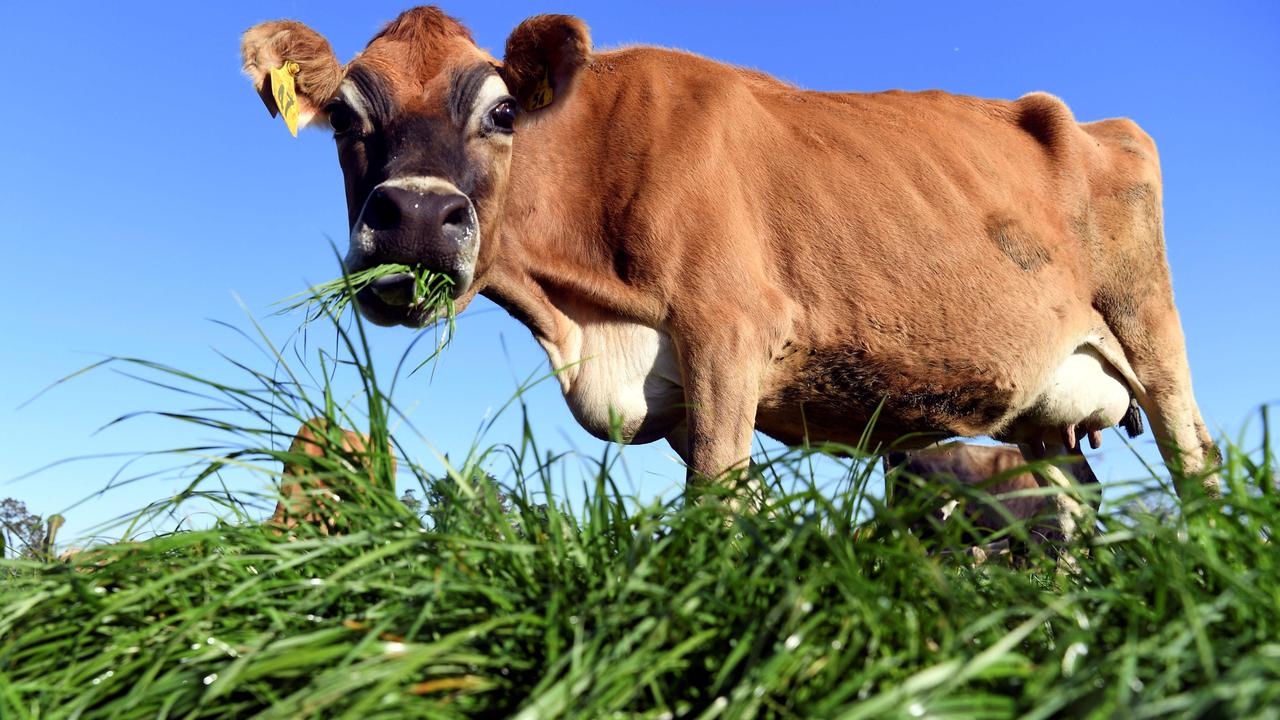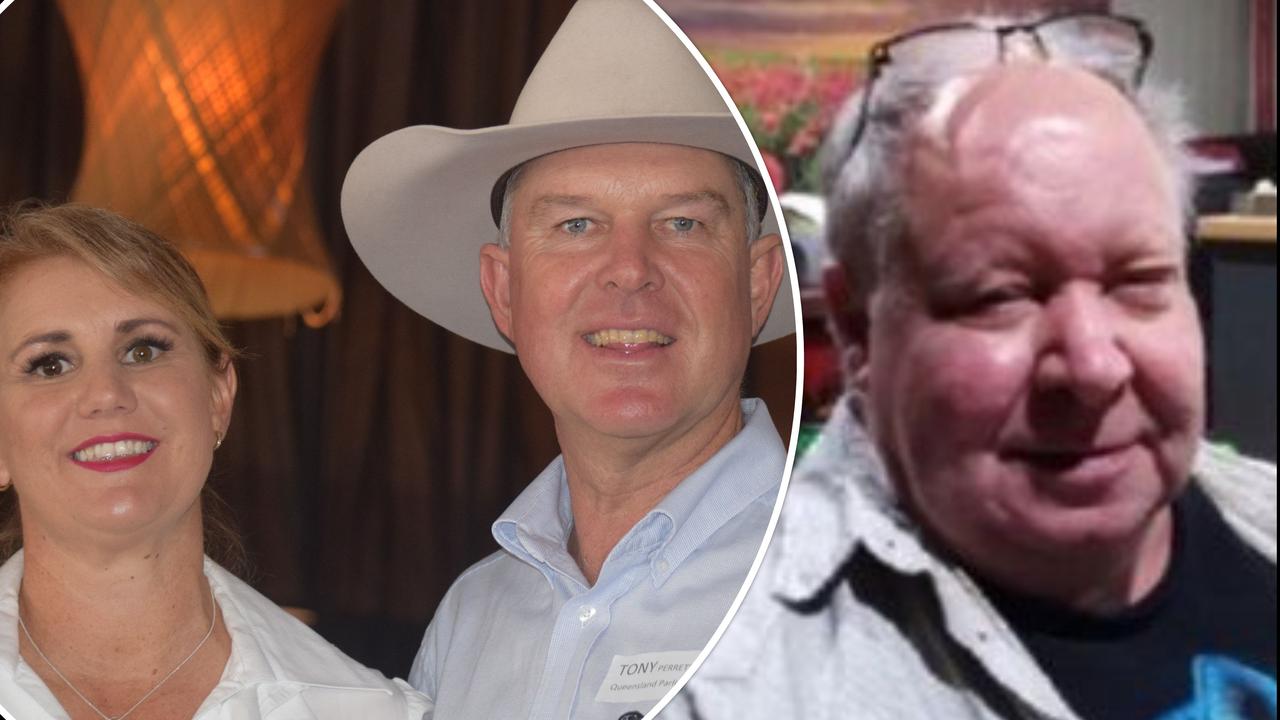Coronavirus: Petrol prices low for most, but some regions are paying 30c per litre more
A lack of demand due to travel restrictions has seen petrol fall to average prices not seen since 2004. But not everywhere is getting bang for their buck at the bowser.

PETROL prices across Australia have plummeted to levels not seen for more than 15 years as coronavirus forces motorists off the road and leads to an oversupply of fuel.
But motorists in some regions are still paying as much as 30c a litre more than those in metropolitan areas.
While prices have fallen well below a dollar a litre in Portland, Leongatha and Hamilton, prices at Sale and Swan Hill have not changed much from the $1.20 a litre average seen at the start of last month.
Diesel prices remain similar across the board, with low prices recorded in Portland and Hamilton and the highest in Euroa (135.6c) and Kyabram (127.8c).
State member for Gippsland South Danny O’Brien said the high prices in Sale made no sense.

“We have eight service stations representing five different companies, including independents, so there’s no shortage of competition and yet our price is consistently more expensive than, say, Bairnsdale which is further down the line,” he said.
“It’s not good enough. Local residents should ensure they shop around and avoid those outlets charging the most. There are many fuel watch sites online and anyone with evidence of retailers not competing fairly should contact the ACCC.”
RACV senior engineer Nicholas Platt said the prices were a direct result of coronavirus forcing many motorists off the road.
“The low petrol prices are a flow-on effect from an oversupply in world petroleum products, directly attributable to a reduction in travel and commerce in nearly every worldwide market due to COVID-19,” Mr Platt said.
He said the discrepancy in prices was due to less competition between providers, but was not the case everywhere.
“In some areas, notably Portland and Torquay, petrol prices are actually lower than the average prices in metropolitan Melbourne, while many other regional centres have prices that are comparable,” Mr Platt said.
“The difference is generally due to local factors such as level of competition.
“However, with wholesale prices at such low levels, even variables such as transport would not explain the discrepancy. RACV urges retailers to pass on the low wholesale prices to consumers.”
Mr Platt said many motorists had been taking advantage of the low prices when they could, but there was no need to rush to the bowser at this stage.
“Wholesale prices are rising which typically means that retail prices in regional areas will follow suit. However, wholesale prices are still exceptionally low and are at levels we haven’t seen sustained for over 16 years. RACV would expect low retail prices to continue for the foreseeable future until wholesale prices rise significantly,” he said.
MORE



